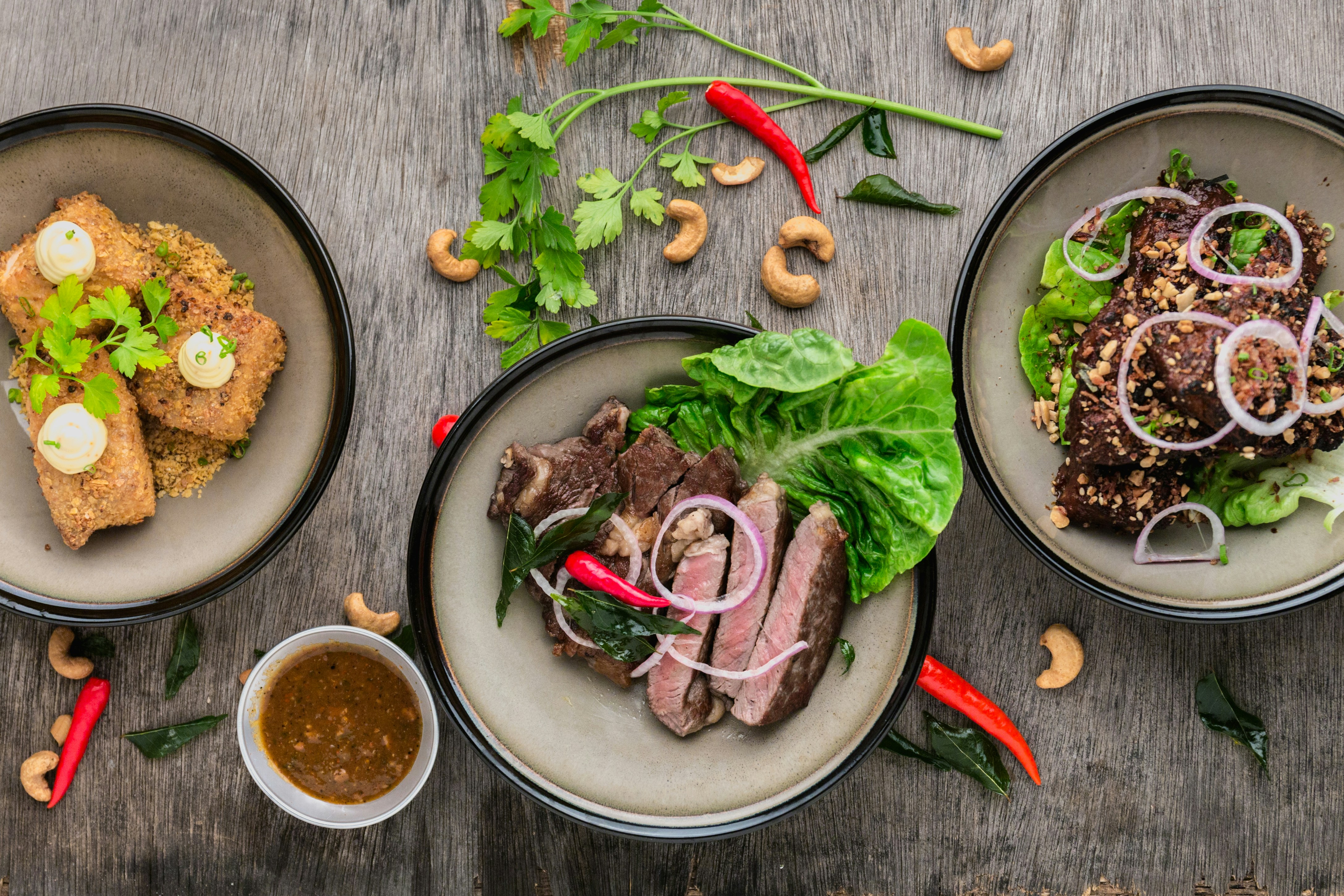Vietnam: A Journey Through Culture, Cuisine, and Landscapes
Vietnam, a Southeast Asian nation, offers a rich blend of history, culture, and natural beauty. From the ancient streets of Hanoi to the vibrant Mekong Delta, a journey through Vietnam is an exploration of the senses.
Unlock Your Moon ReadingPersonalized astrological video readings revealing your true path. Get Reading NowAffiliate link. Supports us at no extra cost. |
Here are some key aspects to consider before embarking on your Vietnamese adventure:
- Rich historical sites reflecting French colonial influence and ancient dynasties.
- Diverse culinary scene offering globally renowned dishes.
- Stunning natural landscapes ranging from rice terraces to pristine beaches.
- A culture steeped in tradition and hospitality.
A Land of History and Heritage

Vietnam’s history is etched into its cities and landscapes. Hanoi, the capital, boasts well-preserved colonial architecture and ancient temples. Ho Chi Minh City (formerly Saigon), a bustling metropolis, reflects the country’s modern dynamism alongside historical landmarks like the War Remnants Museum.
Hoi An, a UNESCO World Heritage site, is a charming ancient trading port, known for its tailor shops and colorful lanterns. Exploring these historical sites offers profound insights into Vietnam’s past, revealing stories of resilience, revolution, and cultural fusion.
The Culinary Delights of Vietnam
Vietnamese cuisine is celebrated worldwide for its fresh ingredients, aromatic herbs, and balanced flavors. Pho, a hearty noodle soup, is a national staple, while banh mi, a flavorful sandwich, reflects French culinary influence. Spring rolls (both fresh and fried) are another must-try, showcasing the use of fresh vegetables and herbs.
Each region offers unique culinary experiences. In the north, you’ll find dishes with subtle flavors, while the central region boasts spicy and complex creations. The south is known for its sweet and savory combinations, often featuring coconut milk. Exploring local markets and street food stalls is an integral part of experiencing Vietnam’s culinary landscape.
Exploring Vietnam’s Diverse Landscapes
Vietnam’s natural beauty is as diverse as its culture. Ha Long Bay, with its towering limestone karsts rising from emerald waters, is a breathtaking UNESCO World Heritage site. Sapa, nestled in the northern mountains, offers stunning views of rice terraces and opportunities to trek through hill tribe villages.
The Mekong Delta, a vast network of rivers and canals, provides a glimpse into rural life, with floating markets and lush landscapes. Vietnam’s coastline stretches for thousands of kilometers, offering pristine beaches and opportunities for water sports. From the mountains to the sea, Vietnam’s landscapes offer something for every nature lover.
Essential Travel Tips for Vietnam
Planning your trip to Vietnam requires careful consideration. Visas are required for most nationalities, so check the specific requirements before your departure. The best time to visit varies depending on the region, with the dry season (November to April) generally being the most pleasant.
Transportation options include buses, trains, and domestic flights. Be prepared for bustling traffic in major cities, and consider using ride-hailing apps or taxis. Learning a few basic Vietnamese phrases can enhance your interactions with locals. Be mindful of cultural customs, such as dressing respectfully when visiting temples and pagodas. Bargaining is common in markets, so don’t be afraid to negotiate prices. Staying aware of your surroundings and taking precautions against petty theft is advised. Finally, embrace the chaos and be open to the unexpected – that’s part of the charm of traveling in Vietnam.
Vietnam offers a captivating blend of history, culture, and natural beauty, making it an unforgettable destination. By understanding its unique offerings and preparing adequately, you can embark on an enriching and rewarding travel experience.
